How Long Does It Take for Paint to Dry and Cure?
When undertaking a painting project, understanding how long it takes for paint to dry and cure is critical for a professional finish. Whether you’re refreshing your interior walls, sprucing up the exterior of your home, or tackling a detailed DIY project, knowing the timeline for paint drying and curing helps prevent smudges, uneven finishes, and premature damage. This guide explains the drying and curing process, factors that influence it, and tips to expedite the process while ensuring lasting results.
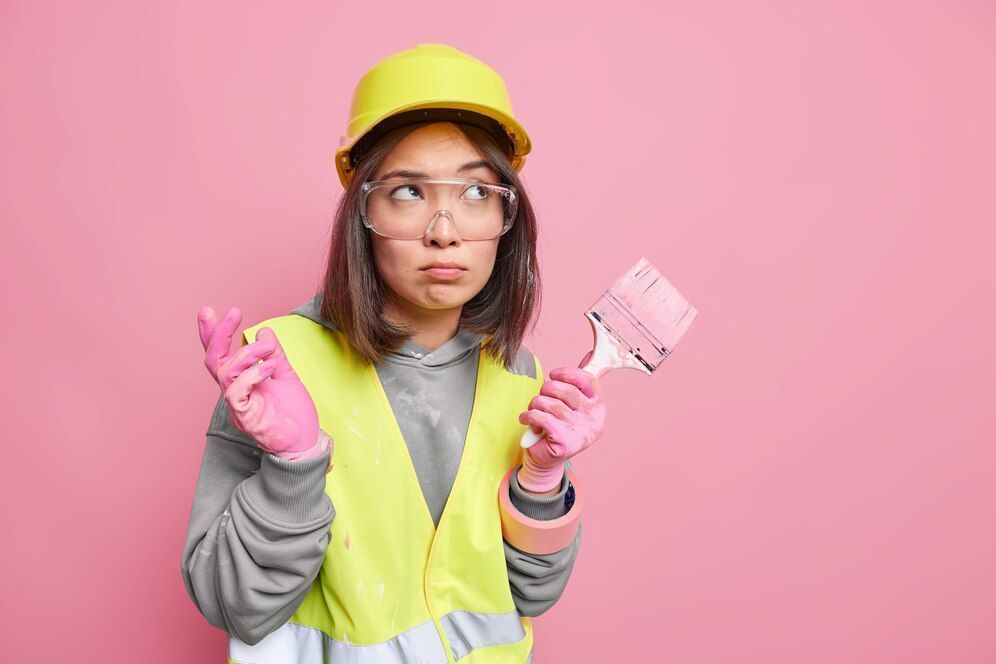
1. The Difference Between Drying and Curing
What Does "Dry" Mean?
- Paint is considered “dry” when its surface is no longer tacky to the touch.
- Drying occurs when the liquid components, such as water or solvents, evaporate from the paint.
- While dry paint may look and feel ready, it’s still vulnerable to scratches or smudges.
What Does "Cured" Mean?
- Paint is “cured” when it has reached its maximum hardness and durability.
- Curing involves a chemical reaction, such as oxidation in oil-based paints or polymerization in water-based paints.
- This process takes significantly longer than drying and ensures the paint is fully adhered to the surface.
2. Average Drying and Curing Times by Paint Type
Water-Based Paints (Latex or Acrylic):
- Dry to the touch: 1–2 hours.
- Ready for a second coat: 4–6 hours.
- Fully cured: 14–30 days.
Oil-Based Paints:
- Dry to the touch: 6–8 hours.
- Ready for a second coat: 24 hours.
- Fully cured: 7–14 days.
Specialty Paints (e.g., Epoxy or Chalk Paint):
- Dry to the touch: 24 hours.
- Fully cured: 7–30 days, depending on the product specifications and environmental conditions.
3. Factors That Affect Drying and Curing Times
Humidity and Temperature:
- High humidity: Slows the evaporation process, prolonging drying and curing times.
- Low temperatures: Delay the chemical reactions required for curing.
- Ideal conditions: 50–85°F with humidity levels between 40% and 70%.
Ventilation:
- Adequate airflow helps solvents evaporate more quickly, speeding up the drying phase.
- Use fans or open windows to improve ventilation.
Paint Thickness:
- Thicker layers: Take longer to dry and cure, and may result in uneven finishes.
- Solution: Apply thin, even coats for consistent results.
Surface Material:
- Porous surfaces: Such as drywall, absorb moisture, reducing drying time.
- Non-porous surfaces: Like metal or glass, require longer for paint to adhere and dry.
Paint Quality:
- High-quality paints typically include additives that speed up drying and curing while providing better coverage.
4. Tips to Speed Up Paint Drying and Curing
Maintain Optimal Environmental Conditions:
- Use air conditioners or dehumidifiers to manage humidity levels.
- Heat rooms with space heaters to keep temperatures steady.
Apply Thin Coats of Paint:
- Thick applications trap moisture, taking longer to dry and cure.
- Thin, even layers allow for quicker evaporation and better results.
Use Quick-Drying Paints:
- Select paints labeled “quick-dry” or “low-VOC” for faster drying times.
Ensure Proper Ventilation:
- Open windows, turn on fans, or use exhaust vents to increase airflow.
Avoid Heavy Use of Painted Surfaces:
- Limit touching or moving items near freshly painted surfaces until they are fully cured to avoid damage.
5. How to Test If Paint Has Fully Cured
The Scratch Test:
- Gently run your fingernail over the surface. If no mark is left, the paint is likely cured.
The Odor Test:
- Fully cured paint emits little to no odor. If you can still smell paint, it’s likely still drying or curing.
The Tackiness Test:
- Lightly press your finger to the surface. If it feels sticky, the paint hasn’t finished curing.
6. Why Curing Is Essential for Durability
Cured paint provides:
- Maximum resistance to wear and tear: Perfect for high-traffic areas or surfaces exposed to weather.
- Better adhesion: Ensures paint stays in place for years without peeling.
- Enhanced appearance: A properly cured finish is smooth, vibrant, and long-lasting.
Conclusion
Knowing how long paint takes to dry and cure is critical for a polished, professional-looking finish. By understanding the timeline and following the recommended tips, you can ensure your project is completed with efficiency and durability. Whether you’re painting a single wall or an entire home, patience and preparation will always pay off.
Contact Us
For expert advice and flawless painting services, trust the professionals at Premier Sunrise Painters to deliver exceptional results. Whether it’s your home or office, our team is here to guide you every step of the way.
📍
Premier Sunrise Painters
Sunrise, FL 33351, United States
📞
954-569-1218
💻 Contact us today to schedule your painting project or to learn more about our services!
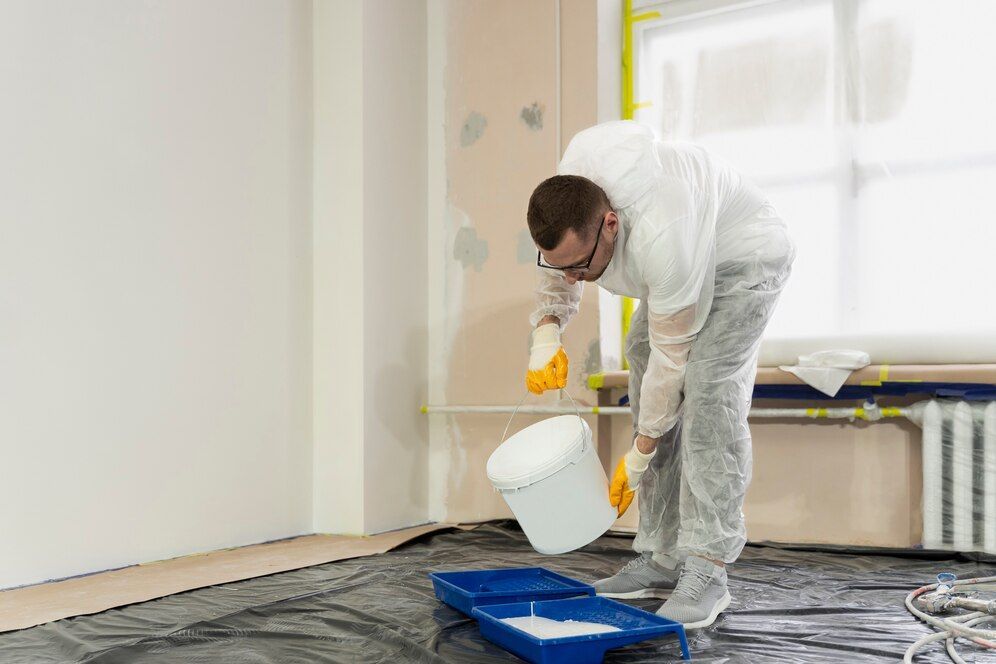


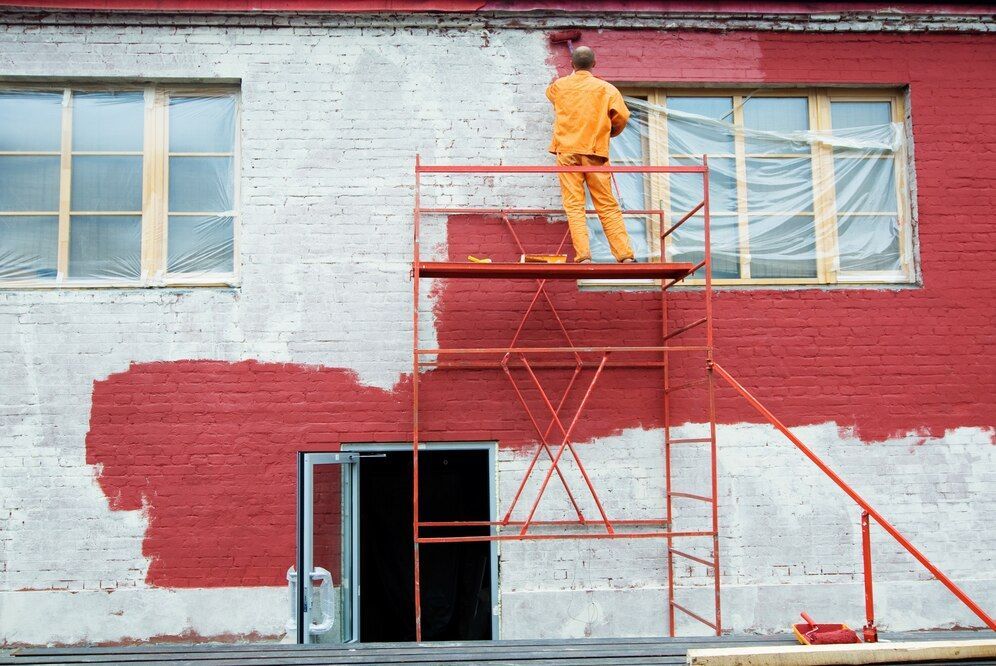

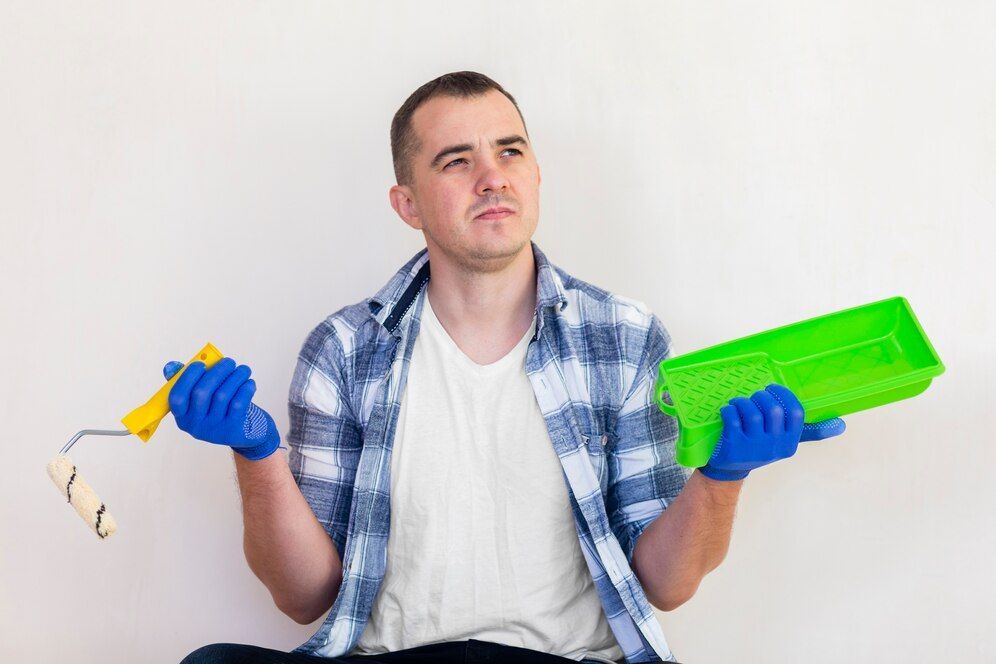
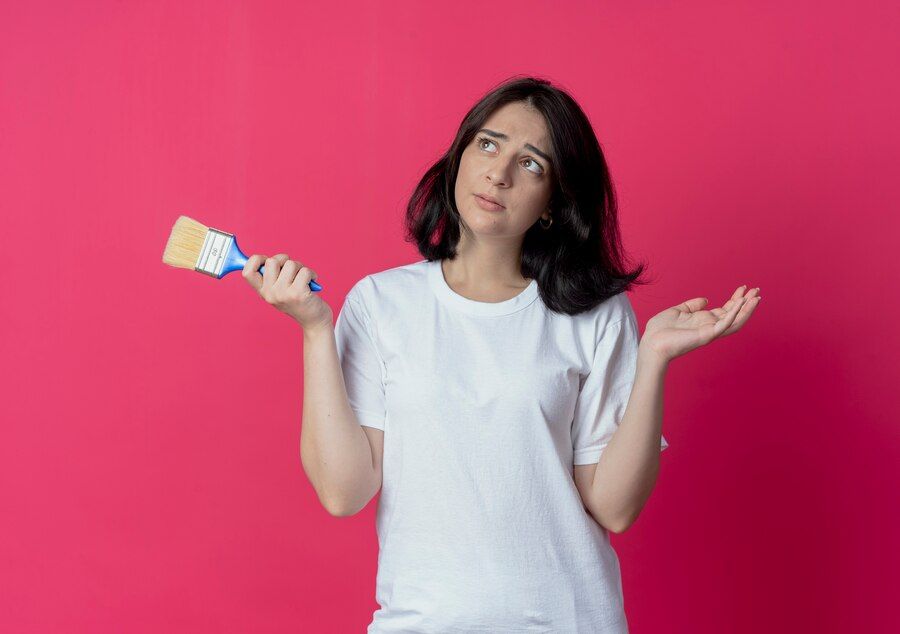
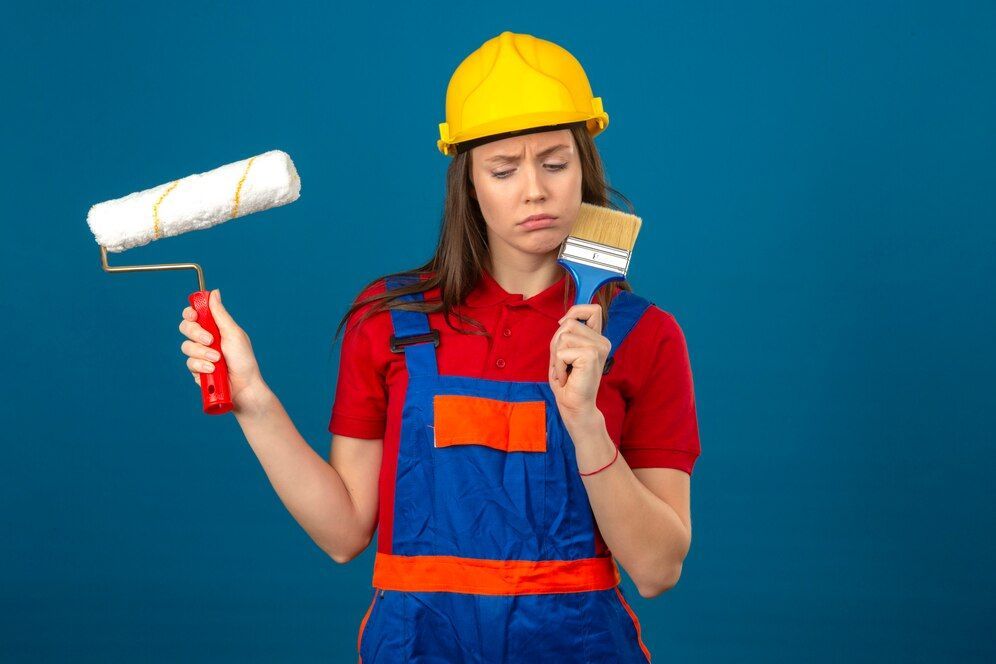
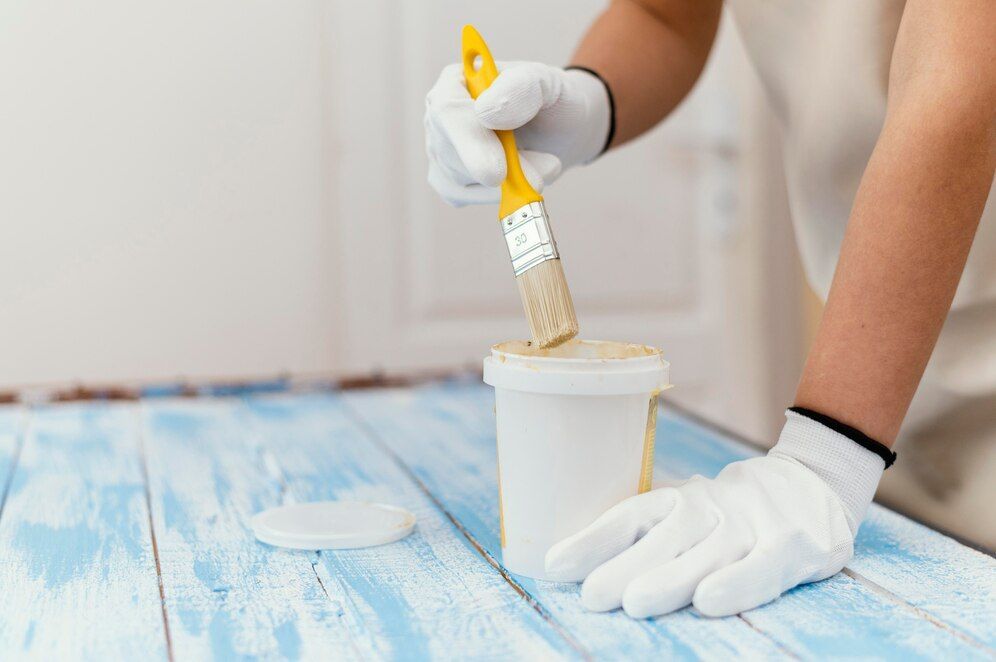
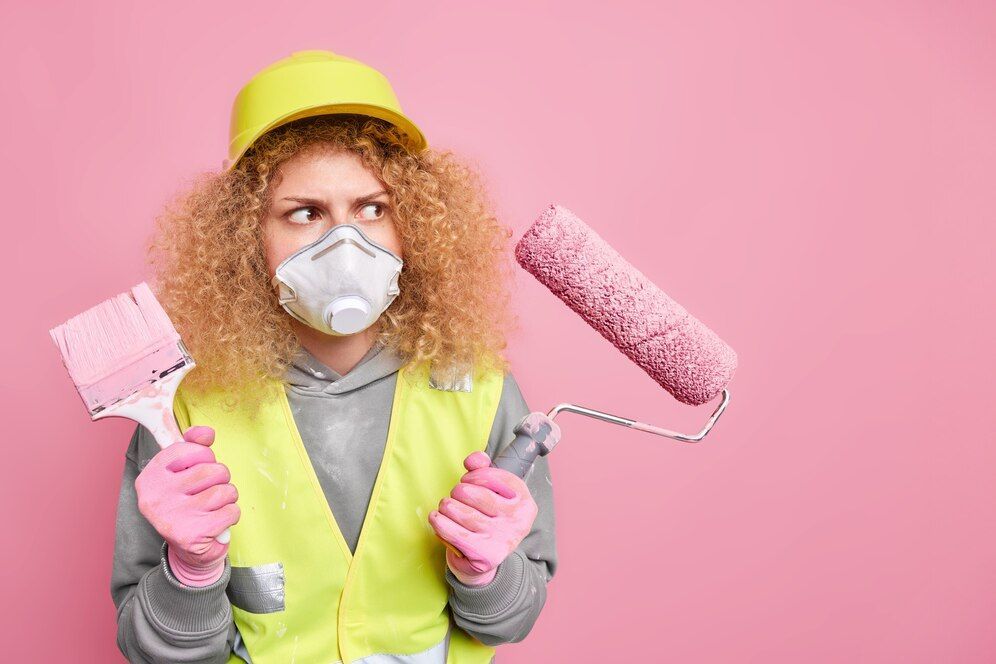
GET A FREE QUOTE TODAY!
Hire us at Premier Sunrise Painters today to transform your space with our expert interior and exterior painting services. Our skilled team delivers top-notch results with attention to detail, ensuring your satisfaction. Experience a fresh, vibrant look for your home or business with our professional painting solutions.
QUICK LINKS
GET A FREE QUOTE TODAY!